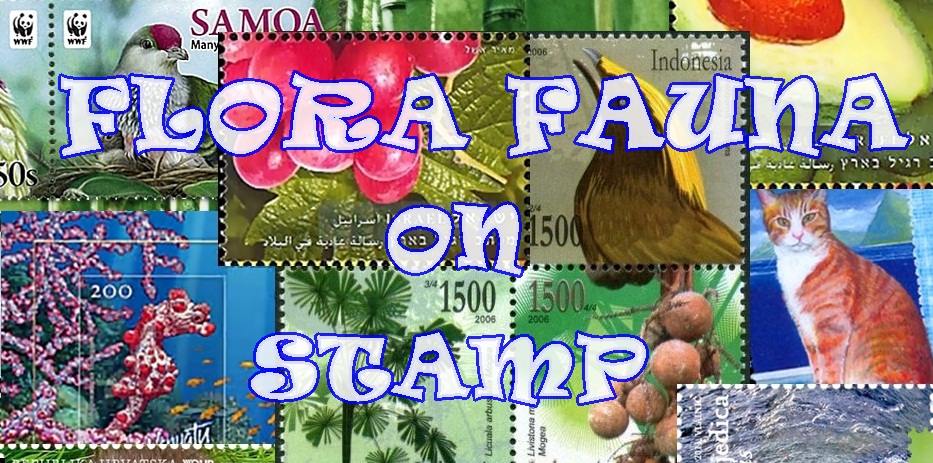Paserine birds of Finland ,Oriolus oriolus, Parus caeruleus, and Motacilla alba have featured on the Suomi finland stamps. The issue stamps are sticker not gummed stamps, but have beautiful images.
Oriolus oriolus or the Golden Oriole is the only member of the oriole family of passerine birds breeding in northern hemisphere temperate regions. It is a summer migrant in Europe and western Asia and spends the winter season in the tropics.
Golden Oriole inhabits tall deciduous trees in woodland, orchards or parks and spend much of their time in tree canopies. They feed on insects and fruit. They build neat nests in tree forks and lay 3-6 eggs. The male is striking in the typical oriole black and yellow plumage, but the female is a drabber green bird. Orioles are shy, and even the male is remarkably difficult to see in the dappled yellow and green leaves of the canopy. Their call is a screech like a jay, but the song is a beautiful fluting weela-wee-ooo or or-iii-ole, unmistakable once heard. (Picture direction: left above)
Parus caeruleus was described firstly by Linnaeus and now its named Cyanistes caeruleus or Blue Tit is a long passerine bird in the tit family Paridae. Its very distinctive appearance : The azure blue crown and dark blue line passing through the eye and encircling the white cheeks to the chin . Its size ranged 10.5 to 12 cm length. The Blue Tit has an average life expectancy of 1.5 years.
It is a widespread and common resident breeder throughout temperate and subarctic Europe and western Asia in deciduous or mixed woodlands. This is a common and popular European garden bird. The song period lasts almost all the year round, but is most often heard during February to June. The Blue Tit is a valuable destroyer of pests, though it has not an entirely clean sheet as a beneficial species. (Picture direction: right above)
Motacilla alba or the White Wagtail is a small passerine bird in the wagtail family Motacillidae. This species breeds in much of Europe and Asia and parts of North Africa. This is an insectivorous bird of open country, often near habitation and water. This is a slender bird, 16.5–19 cm in length. The Motacilla alba alba is basically grey above and white below, with a white face, black cap and black throat.
The call of the White Wagtail is a sharp chisick, slightly softer than the version given by Pied Wagtail. The population size is unknown, but it is believed to be large, as the species is described as "common" in at least parts of its range. White Wagtails are monogamous and defend breeding territories. The exact composition of the diet of White Wagtails varies by location, range from beetles, dragonflies, small snails, spiders, worms, crustaceans, to maggots found in carcasses and, most importantly, flies in the order Diptera. (Picture direction: left bottom)
It is a widespread and common resident breeder throughout temperate and subarctic Europe and western Asia in deciduous or mixed woodlands. This is a common and popular European garden bird. The song period lasts almost all the year round, but is most often heard during February to June. The Blue Tit is a valuable destroyer of pests, though it has not an entirely clean sheet as a beneficial species. (Picture direction: right above)
Motacilla alba or the White Wagtail is a small passerine bird in the wagtail family Motacillidae. This species breeds in much of Europe and Asia and parts of North Africa. This is an insectivorous bird of open country, often near habitation and water. This is a slender bird, 16.5–19 cm in length. The Motacilla alba alba is basically grey above and white below, with a white face, black cap and black throat.
The call of the White Wagtail is a sharp chisick, slightly softer than the version given by Pied Wagtail. The population size is unknown, but it is believed to be large, as the species is described as "common" in at least parts of its range. White Wagtails are monogamous and defend breeding territories. The exact composition of the diet of White Wagtails varies by location, range from beetles, dragonflies, small snails, spiders, worms, crustaceans, to maggots found in carcasses and, most importantly, flies in the order Diptera. (Picture direction: left bottom)


No comments:
Post a Comment